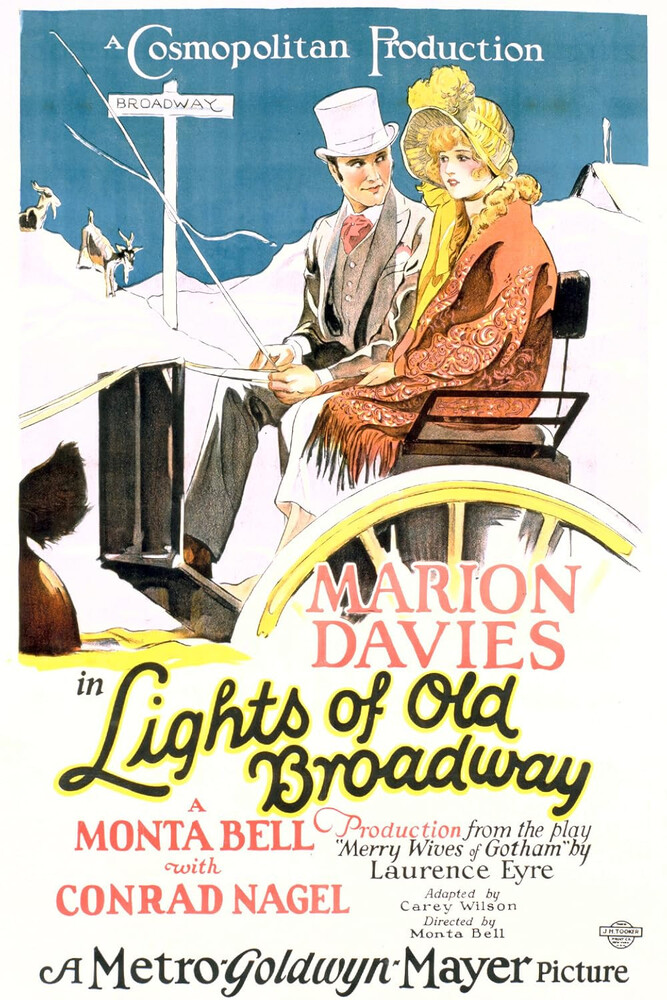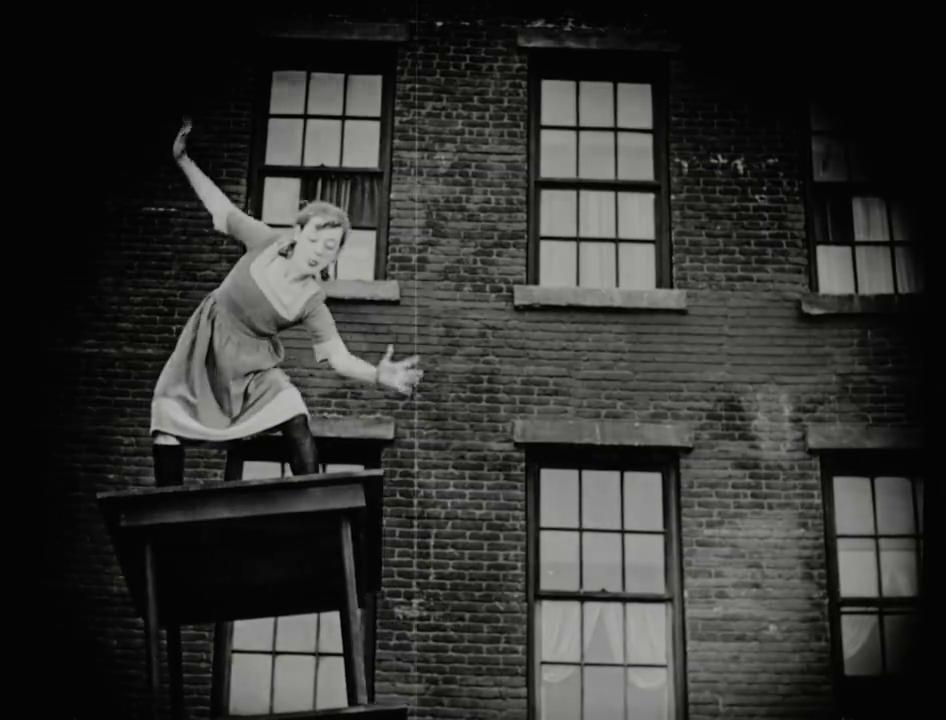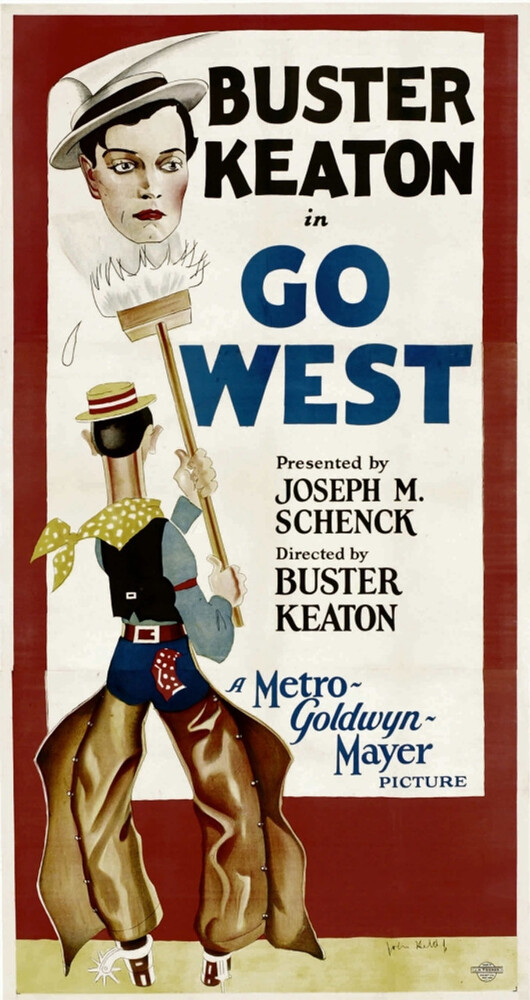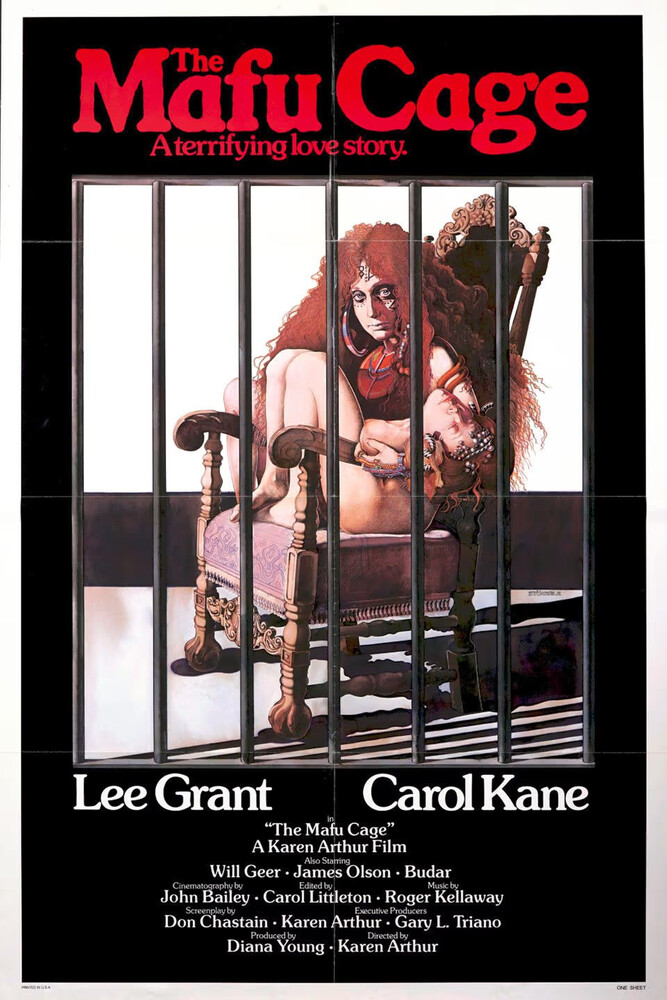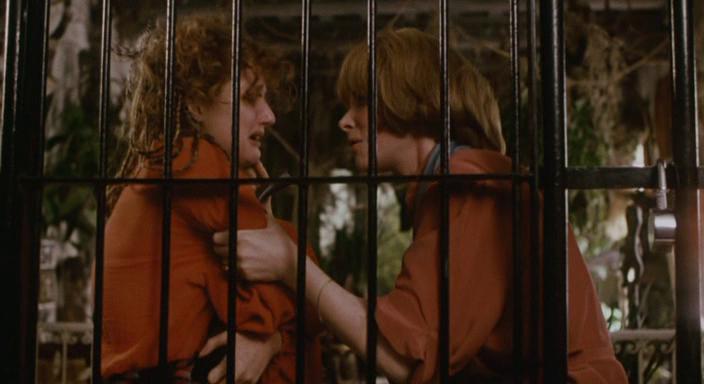Director: Delbert Mann
Writer: Isobel Lennart, based on the novel A Garden of Cucumbers by Poyntz Tyler
Stars: Dick Van Dyke, Barbara Feldon, John McGiver,
Harry Townes, John Fiedler, Norman Fell and Edith Evans
 |
Index: 2025 Centennials.
While I review a lot of movies on hundredth birthdays, it’s rare that I get to do it while the centenarian is alive and celebrating, but today actually is Dick Van Dyke’s centenary and he’s still going strong. Why not tackle a film that I haven’t seen before that he made when he was forty-two, the ultimate answer?
I enjoyed this immensely but I left it with a string of questions, starting with, “Why wasn’t this British and black and white?” It feels like a classic Ealing comedy remade in Hollywood, keeping Dame Edith Evans because who could replace her, but recasting most other roles.
She’s Miss Victoria Woodworth, delightfully haughty as an old and rich force of nature who requires a vast staff to run her huge New York mansion and signs endless cheques to endless charities. The only catch is that she hasn’t any money and hasn’t had since her father left her a measly hundred and eighty bucks.
 |





